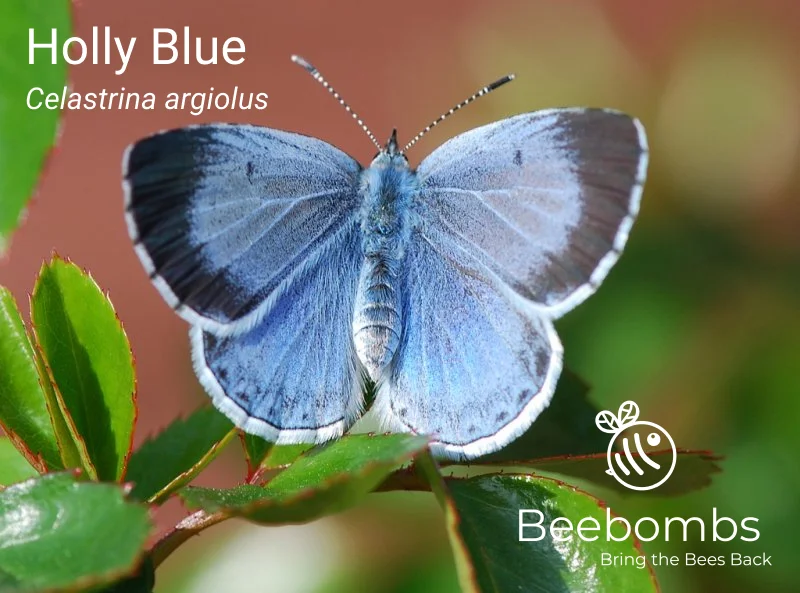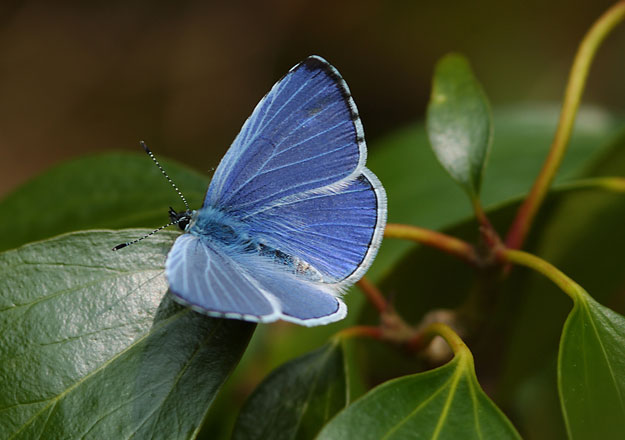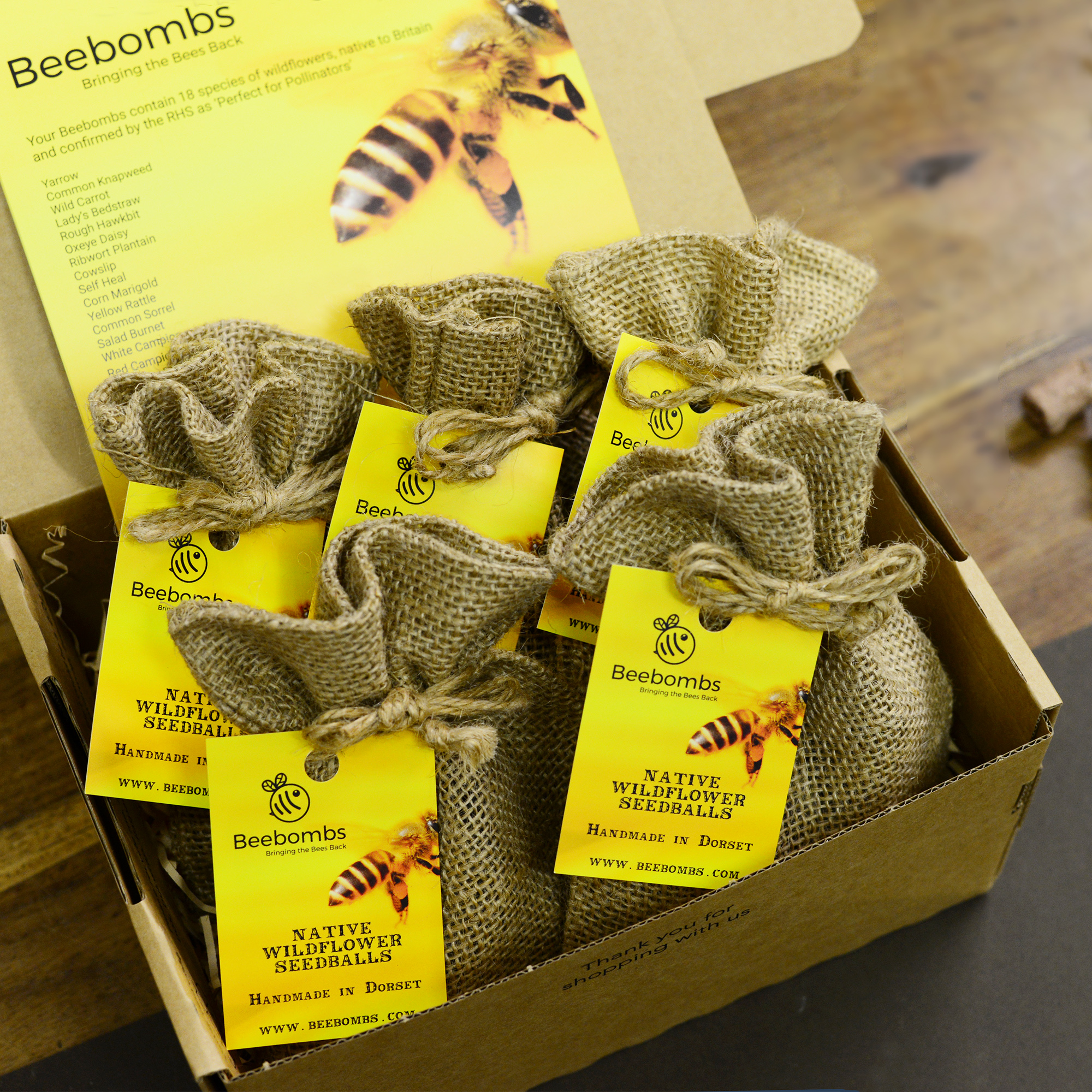Holly Blue
Butterflies are as important as pollinators as bees and have traditionally provided a flutter of beauty to British gardens in the summer. With a remarkable life cycle and seemingly infinite variations, these evocative insects need our protection and our help.
Today the Bee-Log takes a closer look at the height of beauty that is the Holly Blue.
Common Name: Holly Blue
Latin Name: Celastrina argiolus
Information: A fairly widespread butterfly, found across the southern half of the British Isles and throughout the Island of Ireland in wildly fluctuating numbers. This fluctuation of populations is thought to be down to parasites.
The Holly Blue has now started to colonise habitat further north in the UK, toward Scotland, potentially as a result of our warming climate.
They emerge in early Spring and can be seen flying high around bushes and trees in contrast to other blue butterflies which as a rule, fly close to the ground.
Description: The Holly Blue boasts a truly Mediterranean blue and the females have a black border around their bright blue wings. The underside is a paler blue.
Concern Level: Low
Distribution: Throughout the southern half of the British Isles in a range of habitats such as gardens and parks.





